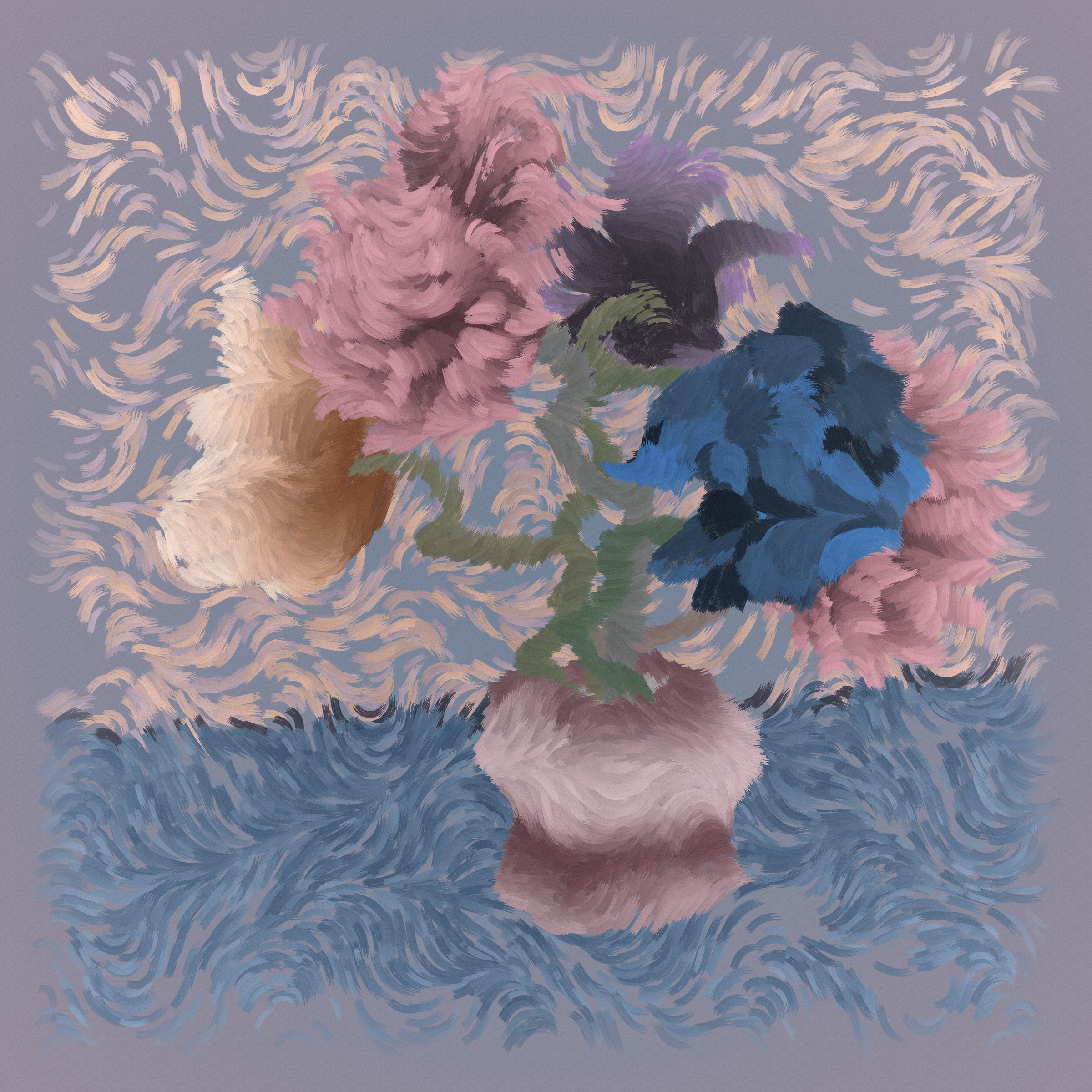Screens have been at the heart of art mass production and mass consumption for ages. From screen printing techniques, first developed in China around 1000AD and later popularized in western art culture by e.g. Andy Warhol, to the screens on our devices used to consume both digital art as well as most traditional art we experience in our life.
The "Screens" series is a celebration of modern art. It is inspired by the aesthetics inherent in screen printing along with the compositions and colors of both Bauhaus, Constructivism, and pulp fiction sci-fi covers.
The compositions in "Screens" is based purely on strict geometries and plays with the tension, and symphonies that can be created from combining simple rules. The end result can range from chaotic non-figurative to strongly ordered isometric scenes.
The generative system underlying the rendering mimics the screen printing process by rendering and applying a single color at a time to a master image. Each virtual screen may be more or less aligned with the master, creating a lovely flawed balance to the precision of the rendered geometry.
25% of the proceeds from this project will be donated to Den Blå Planet, The Danish National Aquarium, in support of their work on preserving and restoring marine life and ecology.
RELEASE DATE
31 Jan 2022
LIBRARY
js@na
DISPLAY NOTES
Printed on Hahnemühle Photo Rag Paper or an equivalent matte paper using pigment ink. Resolution should be at least 300ppi.
RELEASE DETAILS
1000 works released on 31 Jan 2022
TAGS
ARTIST SITE
https://data-imaginist.com/screens...
PROJECT ID
0xa7d8d9ef8d8ce8992df33d8b8cf4aebabd5bd270-255
CONTRACT
Etherscan
LICENSE
CC BY-NC 4.0
From the journal

ABOUT THE ARTIST
Thomas Lin Pedersen
Lives and works in Copenhagen, Denmark
Thomas Lin Pedersen is a data scientist, software engineer, and generative artist based in Copenhagen, Denmark. Pedersen's work delves deeply into the development of open source data visualization tools, while his artistic pursuits focus on the exploration generative compositions and the interplay between digital precision and analogue faults, utilizing ge...
Learn more












